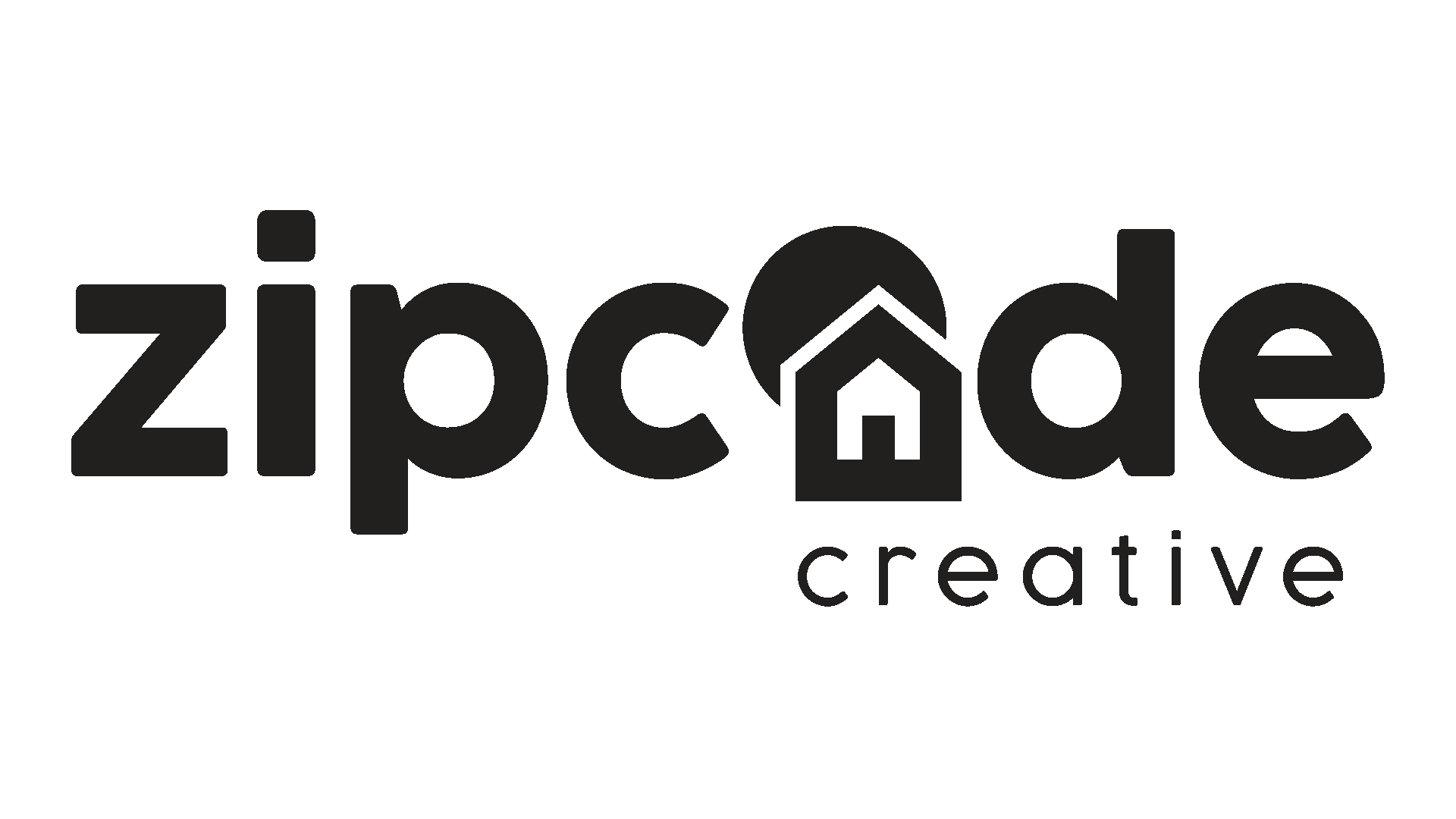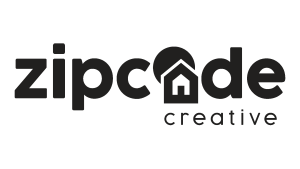
3 Types of Apartment Branding Strategies That Transform Your Multifamily Properties
Stacey Feeney
Every apartment community presents a golden opportunity to create something memorable—a voice, a visual identity, and a feeling that residents can’t find anywhere else. While determining the right branding approach for multifamily properties can feel overwhelming, there are three proven apartment branding strategies that consistently deliver results for property managers and development companies nationwide.
Whether you’re managing a single luxury high-rise or overseeing an entire portfolio of multifamily communities, understanding these three branding approaches will help you make informed decisions that attract quality residents and maximize your property’s market position.
The Three Core Apartment Branding Approaches
1. Property-Level Unique Branding
2. Portfolio-Level Branding
3. Corporate Brand Alignment
There’s ongoing debate in the multifamily industry about which approach delivers the best results, especially when it comes to community naming and visual identity. Should your properties align completely with your corporate brand, or should each community stand uniquely on its own?
Each branding strategy offers distinct advantages and challenges, but choosing the right path ultimately depends on your growth objectives, portfolio consistency, and how you’re managing the resident experience across your properties. Let’s break down each type and explore the pros and cons that property managers need to consider.

Property-Level Unique Branding: The Boutique Experience
This apartment branding approach means every community in your portfolio operates as a standalone brand with its own personality, visual identity, and market positioning.
The Advantages:
Every apartment community exists in a specific place with unique characteristics, and property-level branding allows you to create an authentic sense of place through targeted brand voice and visual design. This strategy appeals to residents seeking distinctive living experiences—they know they’re not moving into a cookie-cutter situation.
The boutique approach enables premium pricing because residents perceive higher value in tailored amenities, services, and community programming built specifically around their demographic. Property managers also benefit from having a clearer target audience, making marketing efforts more focused and effective.
The Challenges:
Unique branding comes with higher costs. You’ll need individual brand development investments for each property rather than leveraging economies of scale. Additionally, each community must build its own brand equity from scratch, missing opportunities to benefit from portfolio-wide recognition or corporate brand strength.

Portfolio Branding: The Hotel-Chain Model
Portfolio branding creates a unified brand experience across multiple properties while maintaining consistency in naming conventions, visual identity, and brand messaging. Think of how hotel chains maintain recognizable standards while adapting to local markets.
The Advantages:
This multifamily branding strategy brings all locations under one umbrella while building powerful brand recognition across markets. It offers the perfect balance of consistency and differentiation based on your property types and target demographics.
Portfolio branding significantly reduces marketing costs over time through templated collateral and streamlined brand management. When you acquire or develop new properties, the brand becomes plug-and-play, accelerating time to market.
Our favorite benefit: strong portfolio brand recognition drives cross-property referrals. When residents relocate to new markets, they actively seek your communities because they trust the brand experience you deliver.
The Challenges:
Success requires consistency in property types and service levels. Mixed-quality properties can confuse residents and damage your overall brand reputation. When you brand at a broader level, it becomes more challenging to target specific demographics with varying lifestyles across different markets.
Corporate Brand Alignment: Streamlined and Unified
Corporate brand alignment is often the most straightforward approach—every property shares the same name, logo, and visual identity as your property management company or ownership group.
The Advantages:
This apartment branding approach maximizes efficiency in marketing efforts and budget allocation. Brand recognition compounds across every touchpoint because residents see consistent messaging everywhere they look.
Corporate alignment simplifies the resident journey and enables portfolio-wide referrals when service standards remain consistent. Property managers benefit from streamlined marketing materials and unified brand guidelines that reduce complexity.
Most importantly, corporate brand recognition increases exponentially when your company name appears on every property, building valuable brand equity for your entire organization.
The Challenges:
The one-size-fits-all approach leaves little room for local market differentiation. Every neighborhood has unique characteristics, and corporate alignment may miss opportunities to connect with local culture and resident preferences.
If one property underperforms or receives negative reviews, it can impact your entire portfolio’s reputation. Additionally, lumping different property types under one brand may create misaligned resident expectations and reduce your ability to target diverse demographics effectively.
Choosing the Right Multifamily Branding Strategy
After weighing these considerations, property managers should evaluate their situation through these key questions:
Portfolio Size and Diversity Analysis Smaller portfolios often benefit from corporate brand alignment due to limited marketing budgets and resources. However, if you manage diverse property types—luxury Class A communities alongside affordable housing—consider property-level branding strategies to manage resident expectations appropriately.
Geographic Market Considerations Properties in similar markets can typically share branding elements successfully. However, a suburban garden-style community and an urban high-rise serve completely different lifestyles and may require distinct brand positioning to attract their respective target demographics.
Target Demographic Alignment Analyze whether your ideal resident profile varies significantly across properties. If your portfolio consistently attracts similar demographics, unified branding makes sense. Properties targeting young professionals, families, and seniors may need differentiated approaches to resonate with each group’s unique preferences and values.
Corporate Growth Objectives Consider your long-term goals. Are you building a household name like major hospitality brands? Do you plan to acquire similar property types in specific markets? Your branding approach should support these strategic objectives and enhance your competitive positioning.
Implementation Best Practices for Property Managers
When implementing your chosen apartment branding strategy, focus on what matters most to your organization: consistency, recognition, or local market differentiation.
If your strategy needs to evolve—perhaps combining property individuality with corporate presence—study successful examples in the industry. Companies like Bozzuto excel at maintaining property-level brand personality while ensuring corporate brand visibility through strategic placement on staff attire, signage, marketing materials, and website footers.
The key is making corporate presence felt without overwhelming the individual community’s personality.
Measuring Your Apartment Branding Success
Regardless of which approach you choose, measuring brand ROI helps determine whether your strategy delivers results. Track key performance indicators including:
- Lease conversion rates and time to lease
- Resident retention and renewal rates
- Average rental rates compared to market competition
- Online reputation scores and review sentiment
- Marketing cost per lease across properties
Strong brand consistency will always enhance your property marketing performance, regardless of which strategic approach you implement.
Remember, successful multifamily branding isn’t just about logos and color schemes—it’s about creating experiences that residents value and communities they’re proud to call home. Whether you choose property-level uniqueness, portfolio consistency, or corporate alignment, the key is authentic execution that resonates with your target residents and supports your business objectives.
Ready to develop a branding strategy that attracts premium residents and maximizes your property’s potential? Our team specializes in multifamily branding that delivers measurable results. Contact us to discuss how the right brand approach can transform your property portfolio.


